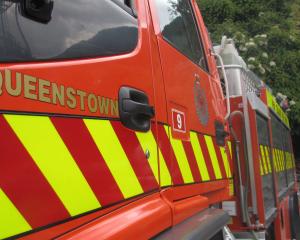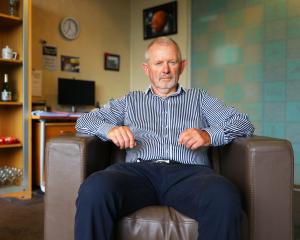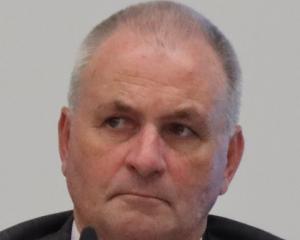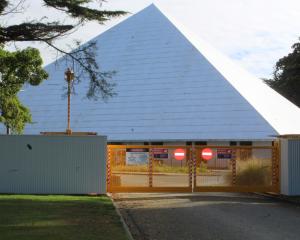
Of the 14, Macraes Moonlight, Makarora, Paerau, Tahakopa, Tarras and Waikoikoi schools are in geographically remote areas, and a further two, Amana Christian School and Te Kura Kaupapa Maori o Otepoti specialise in religious and full Maori immersion education, respectively.
However, the remaining six - Flag Swamp, Karitane, Otepopo, Purakanui, Tomahawk and Waldronville schools - are situated about 10 minutes' drive from their nearest neighbouring school.
This has raised questions about whether the money used to run these schools would be put to better use in other areas of education, given the Government is making cuts in the sector to make ends meet during the present recession.
Ministry of Education statistics show the Government provides about $159,400 for a one-classroom school each year, and up to $577,000 for a five-classroom school.
New Zealand Principals Federation executive member and immediate past president Paddy Ford said several schools in Dunedin were underusing resources, and they were not just schools with rolls of fewer than 21.
"There are some with rolls of about 60 which have 10 classrooms. Not all these classrooms are being used: that's a waste of resources.
"[Are] the taxpayers' dollars being used as effectively as they could in these schools?"Under Paddy's law, I would say a school should close when the principal leaves, if it's not economically viable to keep open."
Mr Ford said it was a nationwide problem and Minister of Education Anne Tolley needed to look into it.
The principal of a small school, who declined to be named, agreed with Mr Ford.
She said a school with a dozen pupils could not justify its existence when the pupils had access to another school nearby.
"It's cheaper to run a minibus to a larger school than to keep a small school with 10 kids in it open."
Tomahawk School principal Richard Aitken said it was a financially challenging time for small schools, and it could continue to be tight for years to come.
However, many small schools continued to make ends meet.
"Surely, the mandate for a school should be focused on education and the development of children, not economic sustainability or survival."
The advantage of small schools was the low teacher-pupil ratios, good resourcing and opportunities to engage in community activities, he said.
"The suggestion that closing our small school will put enough money back into the Government coffers to save the state from bankruptcy is simply nonsensical."
Education Minister Anne Tolley declined to comment, but Labour Party education spokesman Trevor Mallard said the minister should have a view on the economic viability of schools because she was responsible for "the wise spending of money and the long-term quality of education" in New Zealand.
Although many small-school principals highlighted the low teacher-to-pupil ratio as a benefit of small schools, Mr Mallard said it could also be a disadvantage.
"I would never want my kids stuck in a school with one or two teachers for their entire primary career.
"Even with very good teachers, you end up with personal clashes between teachers and pupils, and areas of subject weakness in their teaching.
"When you have 6-8 teachers throughout your primary-school career, those weaknesses are covered by teachers who have strengths in those areas."










